An artistic interpretation of various natural environments.
"EL TERCER SUSPIRO. Separa de un grupo de paseantes en la Alameda a un joven que al aceptar la invitación a subir a un auto que le hacen tres desconocidos (identificados con el movimiento revolucionario de 1910, mediante un montaje de fotografías de la época), durante el paseo por el Periférico se ve acometido por una serie de evocaciones imaginarias. Primero se le ve huir del coche saltando a un paso de peatones, y ser acosado a través de casas derruidas. Al regresar al tiempo presente uno de los hombres le pone la mano en un revólver. Después se ve en un lugar desierto, penosamente sostenido en pie por un aparato ortopédico, mientras una marea creciente lo empieza a cubrir. En ese punto desciende del coche en marcha y se coloca en el centro de la carretera, amenazando con el arma a algo que se aproxima; pero antes de que se produzca el disparo evoca un encuentro amoroso. Esta acción se repite varias veces antes de disolverse en las imágenes de un lago que ahora lo ha cubierto todo"(Garmendia en Vázquez Mantecón, 2012).
"THE THIRD SIGH. Separates a young man from a group of pedestrians in the Alameda, when he accepts an invitation by three unknown men to get into a car (the men were identified with the revolutionary movement of 1910 through a photographic montage of the time), during the ride through Periférico, he is undertaken by a series of imaginary evocations. First he is seen running away from the car, jumping to a crosswalk, and being harassed through demolished houses. When coming back to the present, one of the men puts his hand on a revolver gun. Afterwards, he is seen in a desert place, shamefully sustained by an orthopedic device, while a rising tide starts to cover him. At this point he descends from the moving car and goes to the center of the highway, menacing with his gun something that is approaching; but before the shot is produced, a loving encounter is evoked. This image is repeated several times before dissolving into images of a lake that has now covered everything" (Garmendia in Vázquez Mantecón, 2012).
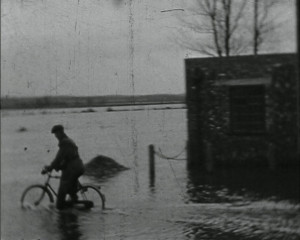
"Local sound newsreel, made by Ben Culey, shows the floods at Lakenheath." (EAFA)
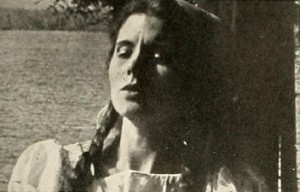
"The prizewinner for color, 'This Side of Paradise,' was in Kodachrome and entered by A. Scott Moorhouse of Toronto, a member of the Toronto Amateur Movie Club. The locale of the subject was the Italian and Swiss mountains and lakes. The decision on color or rather the reaching of it constituted one of the committee's chief headaches. There were some remarkable examples submitted. Mr. Moorhouse has a right to feel proud of his product." American Cinematographer, Jan. 1938, 27.
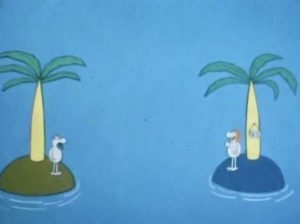
Pequeña historia de náufragos donde una mujer es llevada por sus más ardorosos sentimientos, comprobando los límites del egoísmo del hombre.
Short story about castaways in which a woman is carried away by her most burning feelings, proving the limits of man's selfishness.
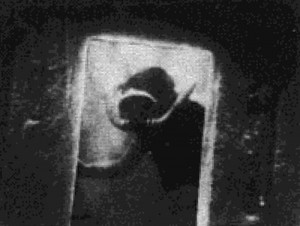
"Tobermory Shipwrecks provides some good views of sunken ships in the Tobermory region, located at the northern tip of the southern Ontario peninsula that separates Lake Huron from Georgian Bay. Much of the underwater photography is well done, and the producer gives tips on underwater photographic equipment and how to use it" PSA Journal, Sept. 1965, 51.
"Brickett Bridge, Andover Maine was built in 1871 of native spruce lumber. It served its purpose well until 1948 when it was replaced with steel and concrete." oldfilm.org
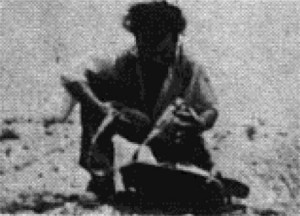
"The zest for gold can impose a hardship upon one so fortunate as to find the metal. The prospector in this film chose the desert for his search, and with success until he realized that he was lost and without water. Another prospector happened by with a canteen of water. In the desert, the price of water can be very great as this thirsty prospector learned to his chagrin" PSA Journal, Oct. 1962, 36.
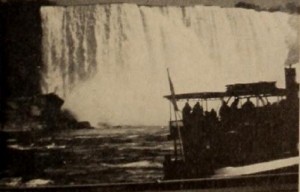
"In Tumbling Waters Leo J. Heffernan has turned his experienced and competent camera on that perennial favorite of travel filmers, Niagara Falls. The result is a sparkling piece of lighthearted showmanship, climaxed by a truly gripping and probably unique sequence filmed amid the swirling mists of the Cave of the Winds. The overall effect of Tumbling Waters, however, was marred for these reviewers by recurring levities of treatment deemed out of key with the essential majesty of the subject." Movie Makers, Dec. 1949, 471-472.
Total Pages: 11